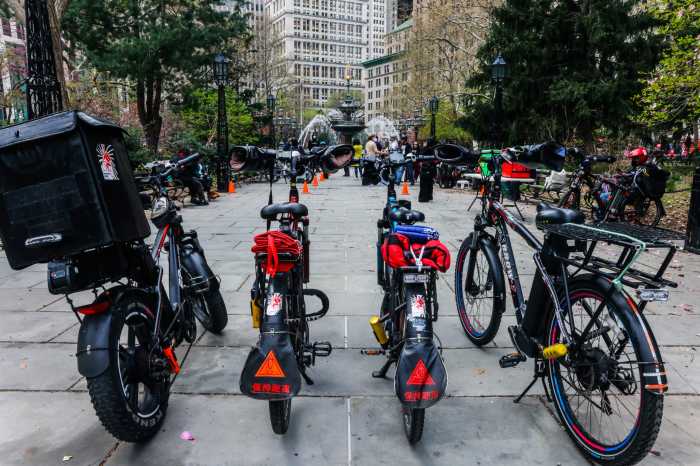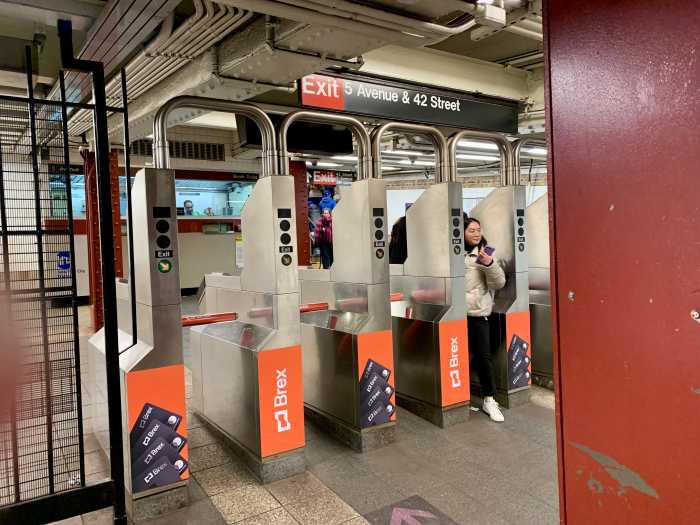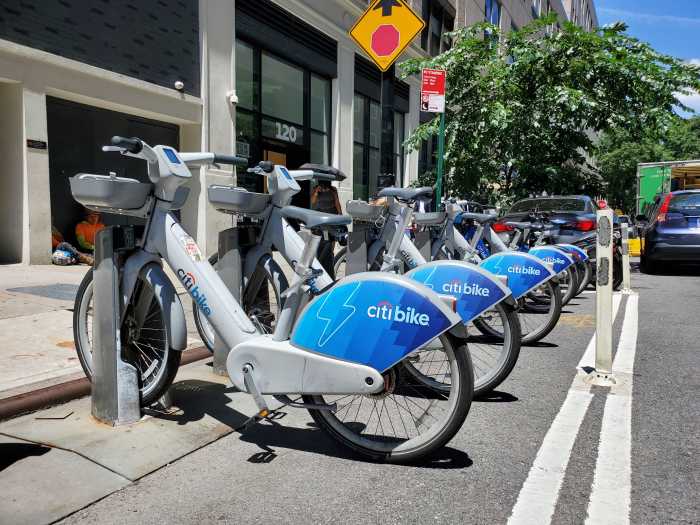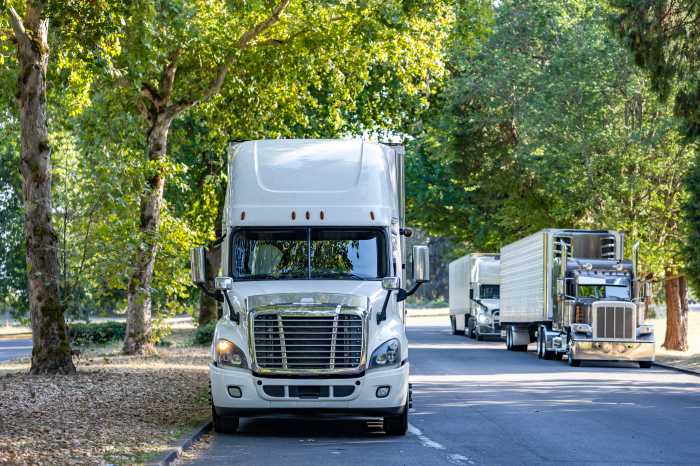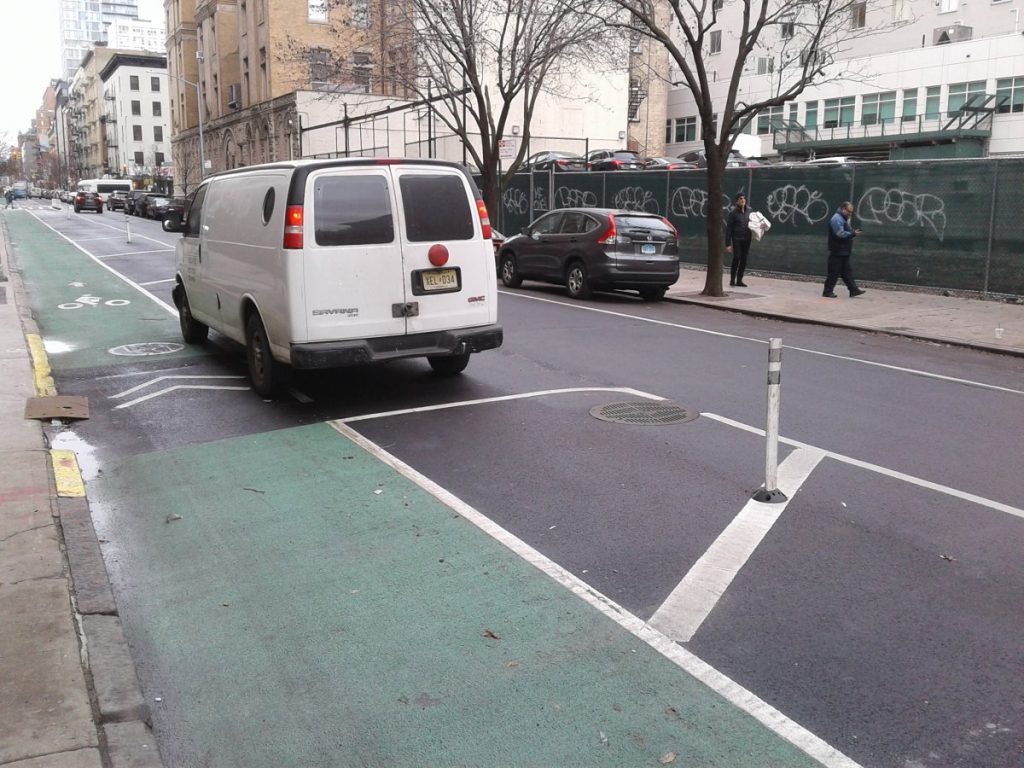
BY RICO BURNEY | More than two weeks following Andrew Cuomo’s announcement that the L-train tunnel would no longer need to be shut down as initially planned, local politicians still have more questions than answers. They are calling for an independent review of the new proposal.
Around a dozen local pols sent a joint letter to the governor signed Thurs., Jan. 10. In it, they raised concerns that the new L plan was being “advanced at the expense of three years of community engagement, multiple agency planning, communication and the long-term benefits of a fully repaired Canarsie Tunnel.”
Among those signing the letter were Manhattan Borough President Gale Brewer; City Council Speaker Corey Johnson; Congressmembers Carolyn Maloney and Nydia Velázquez; state Senators Brad Hoylman, Brian Kavanagh and Liz Krueger; Assemblymembers Harvey Epstein, Deborah Glick and Richard Gottfried; and City Councilmembers Keith Powers and Carlina Rivera.
“I will not accept any plan that leaves New Yorkers worse off. We need answers,” said Hoylman, who represents nearly all of 14th St. and the surrounding areas, in a separate statement. “We need a detailed time line outlining the schedule for night and weekend work. We need to know whether all the plans that have been made to minimize the impact of L-train work on New Yorkers’ commutes will be maintained.” Hoylman added that “hearings in Albany could be warranted.”
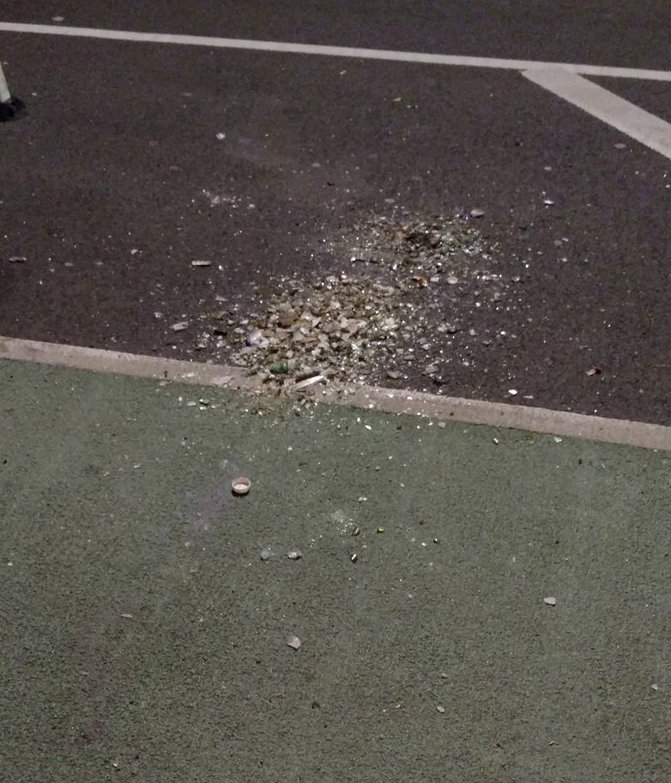
“There is still so much up in the air,” said Epstein, whose district takes in Stuyvesant Town and parts of the East Village and Lower East Side, including the main staging area for the L-tunnel repair work. “We have no idea if the silica dust is going to be removed in Manhattan or Brooklyn and are still waiting to hear about possible health consequences,” Epstein said.
The project will include demolition of comprised concrete in the L train’s Canarsie Tunnel — under the East River — which will produce silica dust.
Multiple local politicians also acknowledged that the aboveground L-train “mitigation plan” — a.k.a. the alternative service plan — appeared to be in limbo last week as the city’s Department of Transportation awaited more information from the Metropolitan Transportation Authority. In their letter to Cuomo, the pols also called for expansion of the CitiBike program, new bike infrastructure and “alternative bus service and other bus priority improvements.”
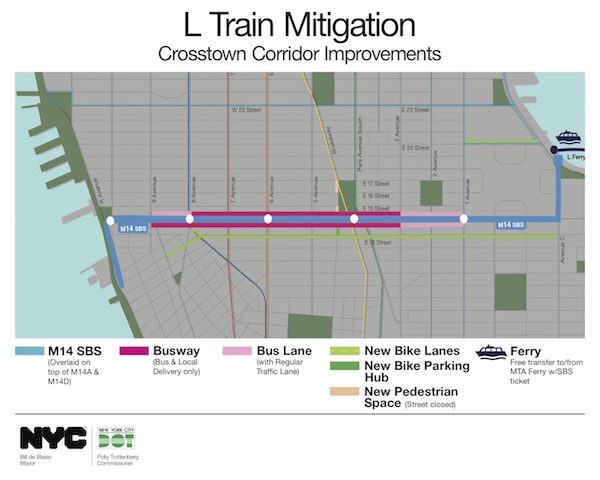
This Thursday, however, the M.T.A. released a statement saying that the total shutdown of both of the Canarsie Tunnel tubes and of all L-train service that was slated to start April 27 won’t be happening.
“We do anticipate a shutdown of one tube on nights and weekends,” the M.T.A. stated. “However, service both ways [between Manhattan and Brooklyn] would be scheduled 24/7.”
How that news affects what aspects of the mitigation plan will stay and which will go remained unclear as of this article’s filing.

When asked last week, however, most of the letter’s signers were reluctant to give specifics on which alternative service plans they would or would not like to see enacted around 14th St. until an independent review of the governor’s proposal is completed.
“I support protected bike lane infrastructure and bus service improvements,” Speaker Johnson said in a statement. “But these specific bike lanes [on 12th and 13th Sts.] and bus service changes [on 14th St.] were a result of the original L-train shutdown plan.
“We were promised that there would be a collaborative community process to determine which elements should be made permanent,” Johnson added. “So if the tunnel shutdown is really canceled, that should be the next step.”
Brewer, on the other hand, said she still supports much of the original alternative service plans for Manhattan. But she held off on saying definitively whether she still wants a “busway” on 14th St.
“There are a number of components of the L-train closure plan worth keeping,” she said in a statement. “The bike lanes on 12th and 13th, the Select Bus Service for 14th, along with some kind of bus-priority infrastructure — whether it’s a dedicated lane or a busway I’ll leave to the transit planners.”
Meanwhile, the 14th St. Coalition, a group that did not support the original alternate service plan, is hoping future plans will allow for more community input than the those that were in place prior to the governor’s announcement.
“It would be great if we could all get around a table and discuss how we could help everyone,” said Elissa Stein, a member of the 14th St. Coalition’s Steering Committee. “Everybody talks about affected commuters, but not everyone talks about affected communities.”



